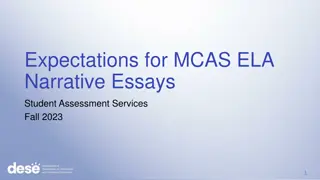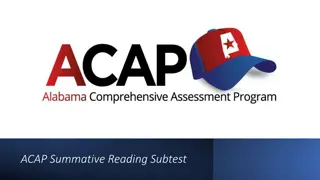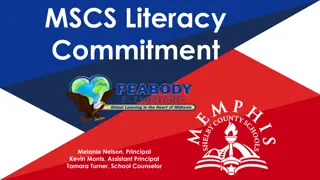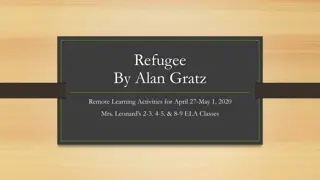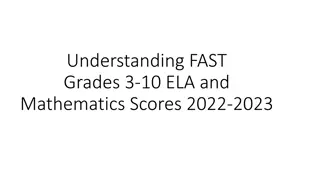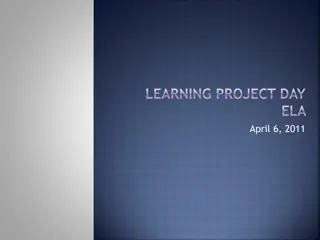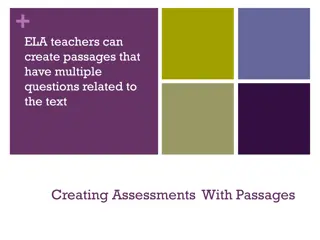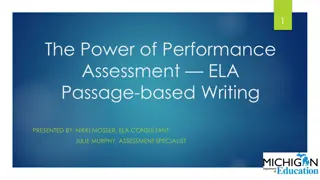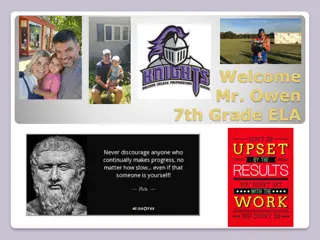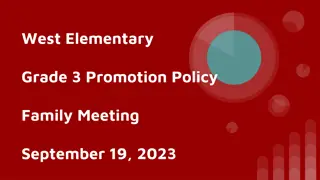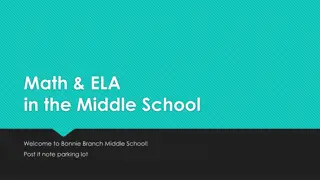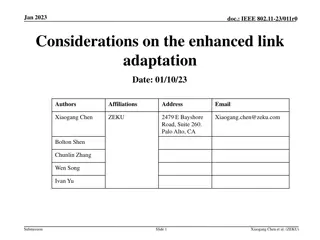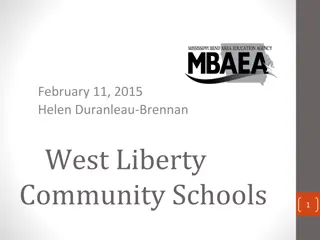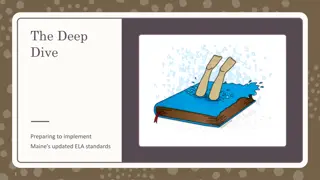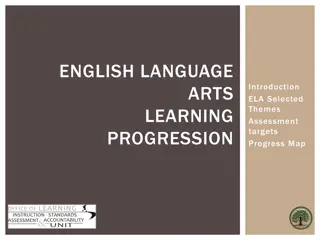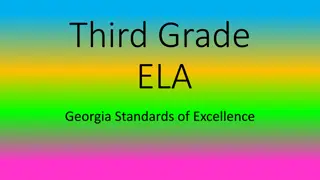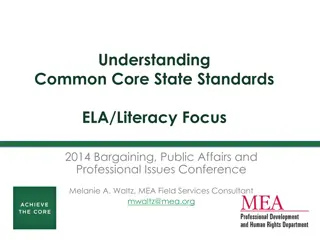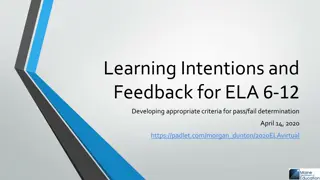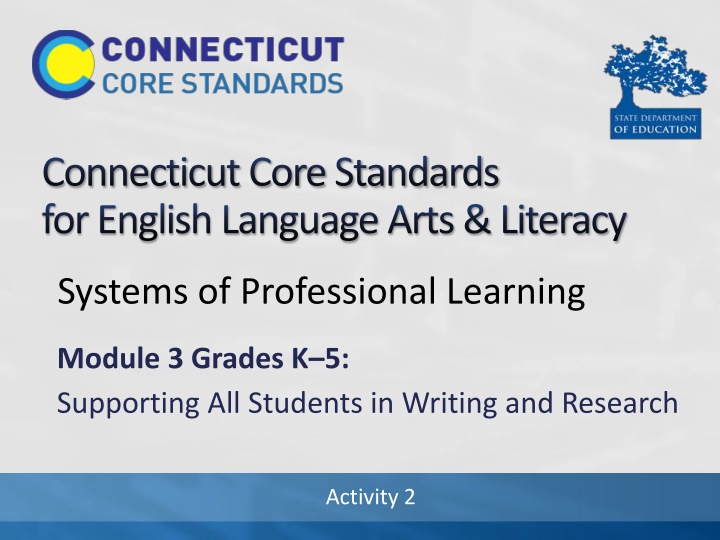
Exploring Writing Instruction: Best Practices and Standards
Dive into the world of writing instruction, discussing the importance of writing, best practices, and understanding the Connecticut Core Standards for English Language Arts. Discover why writing is essential, what determines best practices in writing, and explore the CCS-ELA & Literacy Writing Standards.
Download Presentation

Please find below an Image/Link to download the presentation.
The content on the website is provided AS IS for your information and personal use only. It may not be sold, licensed, or shared on other websites without obtaining consent from the author. If you encounter any issues during the download, it is possible that the publisher has removed the file from their server.
You are allowed to download the files provided on this website for personal or commercial use, subject to the condition that they are used lawfully. All files are the property of their respective owners.
The content on the website is provided AS IS for your information and personal use only. It may not be sold, licensed, or shared on other websites without obtaining consent from the author.
E N D
Presentation Transcript
Connecticut Core Standards for English Language Arts & Literacy Systems of Professional Learning Module 3 Grades K 5: Supporting All Students in Writing and Research Activity 2
Todays Session CCS Writing and Research Successes and Challenges Close Look at the Writing Standards Writing Grounded in Evidence from Text Research in CCS ELA & Literacy Supporting Students in Writing Routine and Daily Writing Activity 2 11
Writing Instruction in the US [ Since 2007] little has changed in how writing is taught in the majority of classrooms in the United States This stands in stark contrast to the other members of the three R s, reading and mathematics, subjects in which schools and teachers have devoted considerable effort to improving students performance. Graham, MacArthur, & Fitzgerald (2009) Activity 2 12
Why is Writing Important? Versatile for accomplishing a variety of goals Powerful for influencing others Indispensable for learning and communicating Improves reading skills Graham, MacArthur, & Fitzgerald (2009) Activity 2 13
What Determines Best Practices in Writing? Examine successful methods that exceptional teachers of literacy commonly apply when teaching writing Draw from scientific studies testing the effectiveness of specific writing practices Activity 2 14
CCS-ELA & Literacy Writing Standards 3 Standards for Text Types and Purposes Argument/Opinion Explanation Narrative 3 Standards for Production and Distribution of Writing (writing process) 3 Standards for Research to Build and Present Knowledge 1 Standard for Evidence from Text 1 Standard for Range of Writing Activity 2 15
CCS-ELA & Literacy Writing Standards CCS.W.4 Produce clear and coherent writing in which the development, organization, and style are appropriate to task, purpose, and audience. (Begins in Grade 3) CCS.W.9. Draw evidence from literary or informational texts to support analysis, reflection, and research. (Begins in Grade 4) CCS.W.10. Write routinely over extended time frames (time for research, reflection, and revision) and shorter time frames (a single sitting or a day or two) for a range of tasks, purposes, and audiences. (Begins in Grade 3) Activity 2 16
Part 2 A Close Look at the Writing Standards Page 9 17
Activity 2: Types of Writing in CCS-ELA & Literacy Activity 2: Types of Writing in CCS-ELA & Literacy 1. Select a facilitator, timekeeper, recorder, and reporter. 2. Read about one type of writing from the CCSS Appendix A (located in the Appendix of your Participant Guide). 3. Read once to get the gist. 4. Read a second time to focus on guiding questions and render the text. 5. Share and explain. 6. Answer questions and report out. Pages 9-11 Activity 2 18
Text Rendering Protocol Read one section: Argument (p. 23) Informational/Explanatory (p. 23) Narrative [and Creative] (pp. 23 24) Special Place of Argument (pp. 24 25) In your Notepad, record a significant sentence, a phrase, and a word related to: The purpose of this type of writing Important ideas from your section Take turns sharing with your group, then together, answer the questions in the Participant Guide. Page 61 Activity 2 19
Share Out What is one significant or interesting point your group discussed? How might you use the Text Rendering Protocol with colleagues or in the classroom? Activity 2 20

